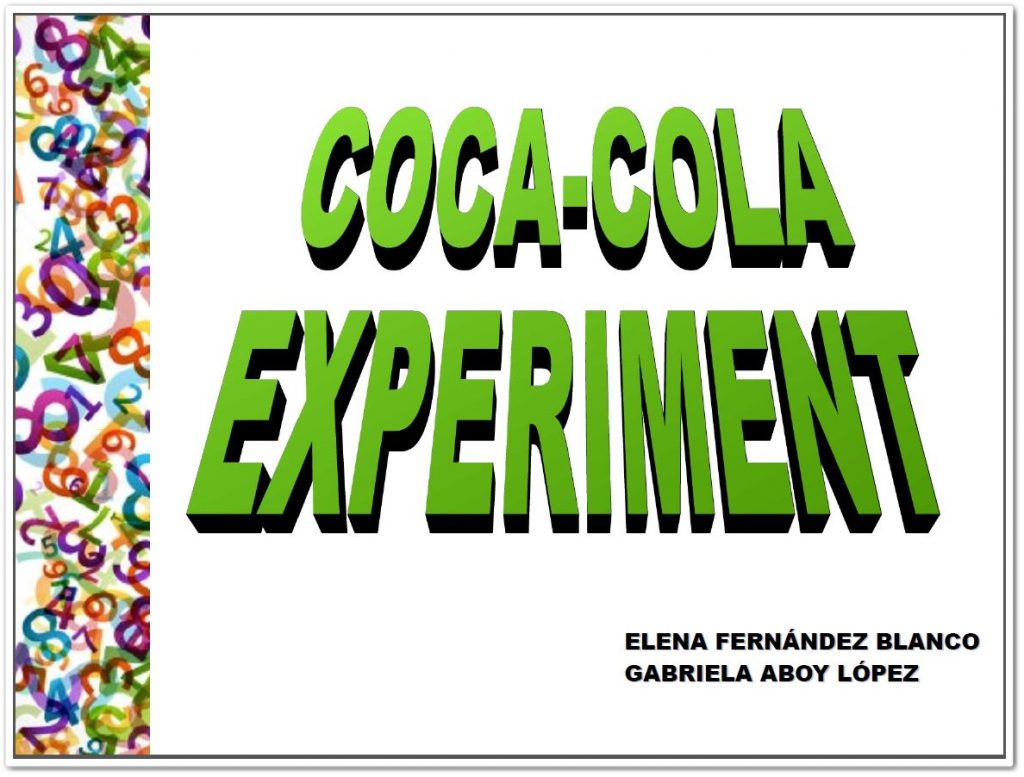[:es]
El proyecto consiste en medir la concentración de dioxido de carbono que hay en la Coca-Cola. Un equipo del IES de Sar colabora con el equipo colabora con el equipo 4 del IES Sanchez Cantón en Pontevedra. En el siguiente vídeo se presenta la parte experimental del proyecto realizada por un equipo del IES de Sar, sus homólogos de Pontevedra realizaron la parte matemática de análisis de datos.
Algunas preguntas sobre los experimentos:
Con los datos experimentales obtenidos por los equipos del IES de Sar dirigidos por Ramón Cid, las alumnas Elena Fernández Blanco y Gabriela Aboy López del IES Sánchez Cantón, han intentado obtener un modelo matemático. El modelo pretende describir matemáticamente (por medio de una función), la pérdida de cantidad de CO2 presente en la bebida carbonatada, siguiendo el proceso seguido por los alumnos del IES de Sar.
Esas dos alumnas intentaron realizar un ajuste de datos usando varios tipos de función. De todas las que probaron, la que mejores resultados aportaba resultó ser una función exponencial. Como se observa en alguna imagen concreta del documento, resulta llamativo que GeoGebra no proporcione la función exponencial que mejor ajusta los datos. Por ese motivo, las alumnas usaron deslizadores (parámetros matemáticos) para obtener la función.
Descripción del modelo matemático
[:en]
Our project consists in measuring the concentration of carbon dioxide in carbonated beberages. In the following video we present the experimental part of the project carried out by the two teams of the IES de Sar (Santiago-Galicia). Our colleagues of the IES Sánchez Canton (Pontevedra-Galicia) will carry out the mathematical analysis of data.
Just some questions about the experiments:
With the experimental data obtained by the teams of the Sar School lead by Ramón Cid, the students Elena Fernández Blanco and Gabriela Aboy López from the Sánchez Cantón School, have tried to obtain a mathematical model. The model tries to describe mathematically (through a function), the loss of CO2 present in the carbonated beverage, following the process followed by the students of the de Sar School.
These two students tried to make a data adjustment using different functions. Of all functions they tested, the one that provided the best results was the exponential function. As can be seen in some specific image of the document, it is striking that GeoGebra does not provide the exponential function as the best fits the data. For this reason, the students used sliders (mathematical parameters) to get the function.
Description of the mathemactical model
[:]

